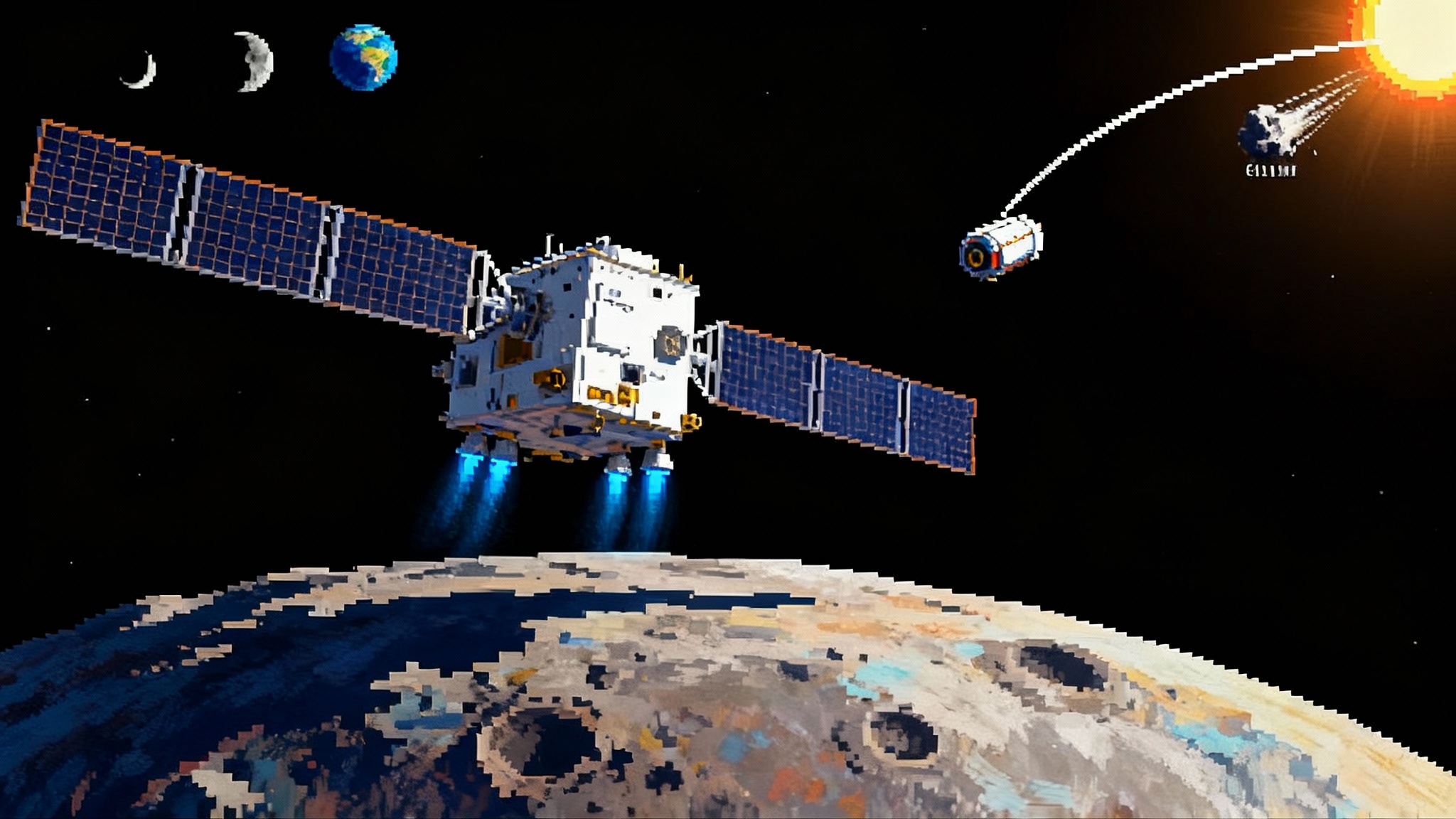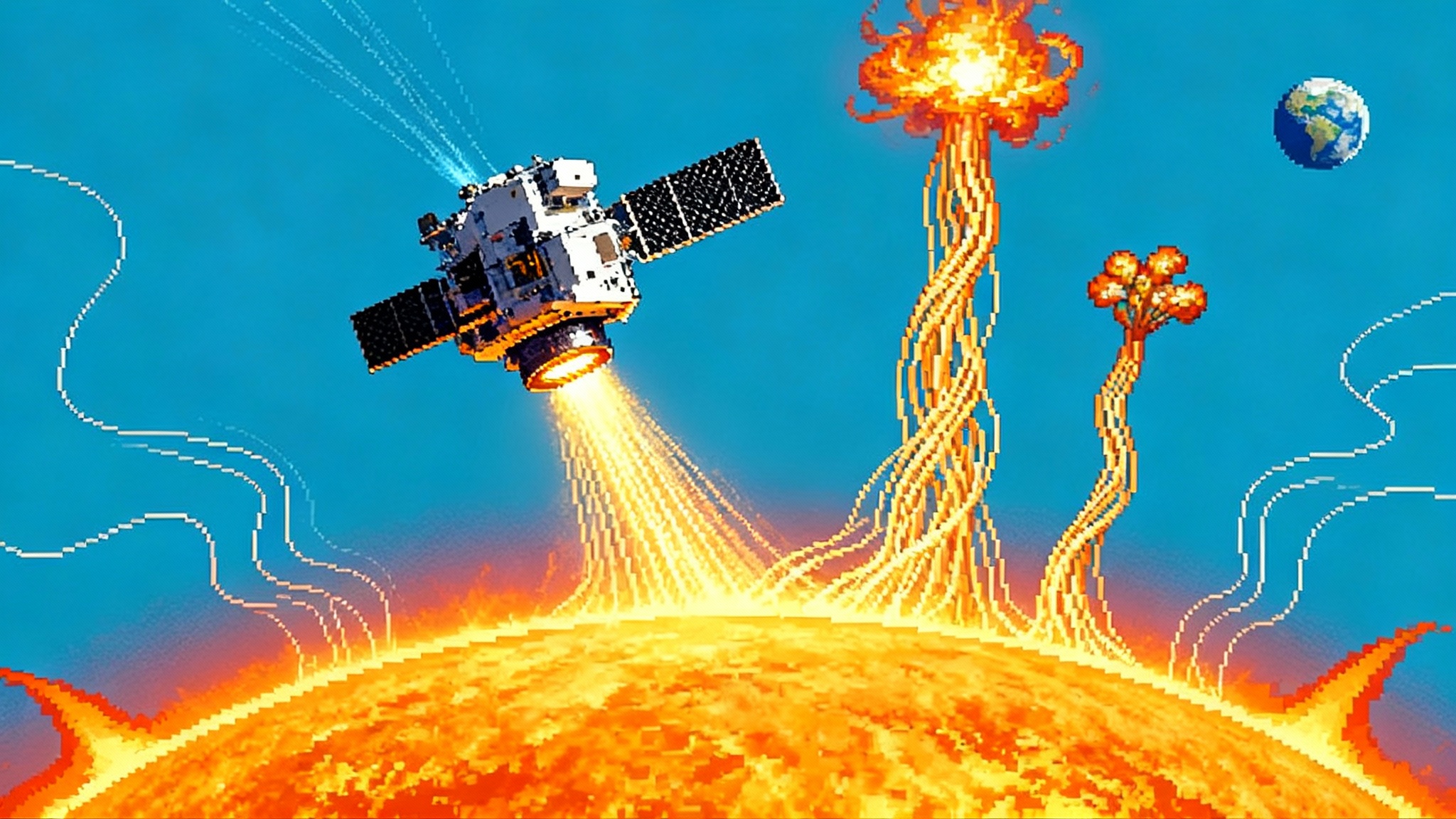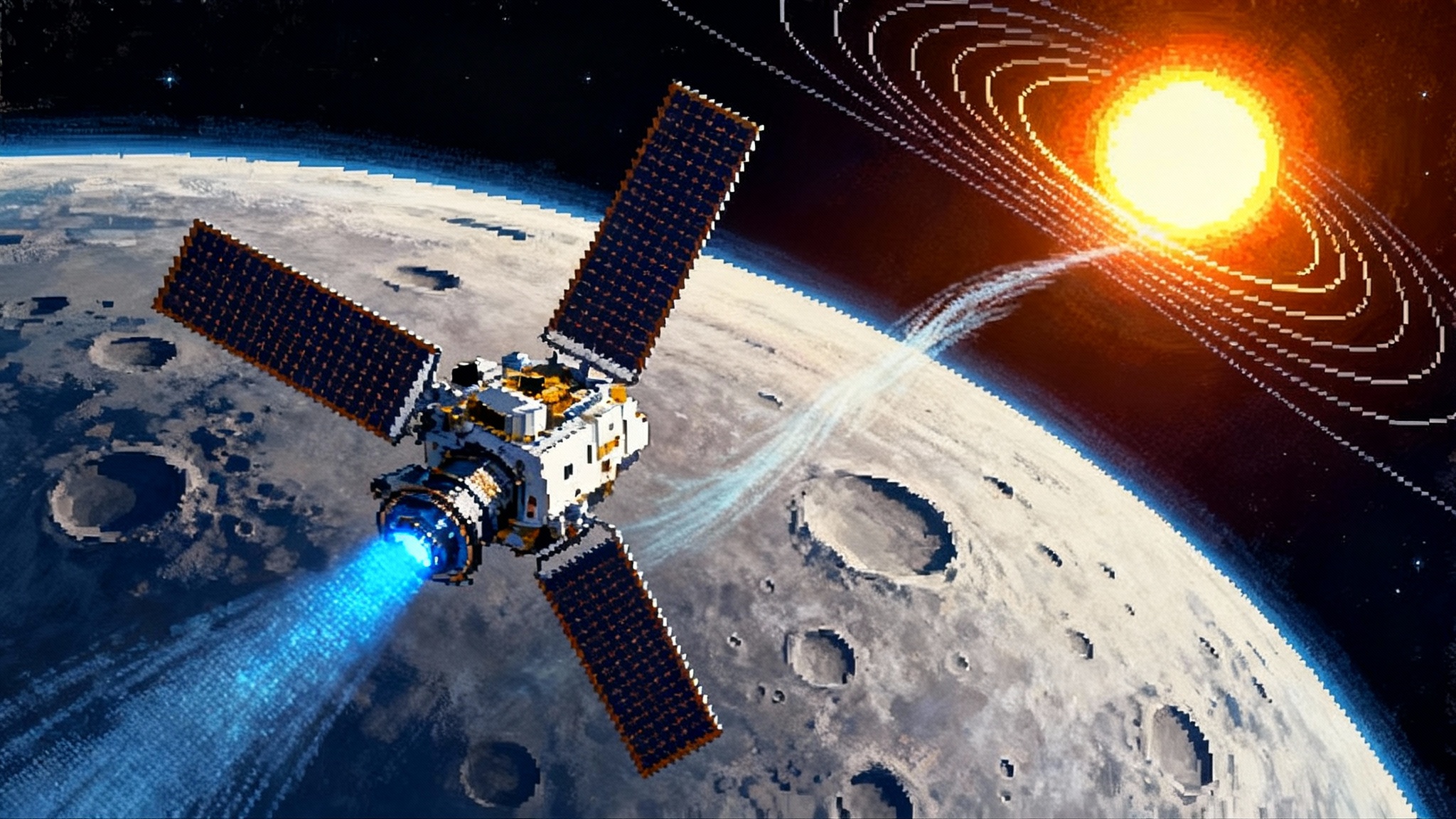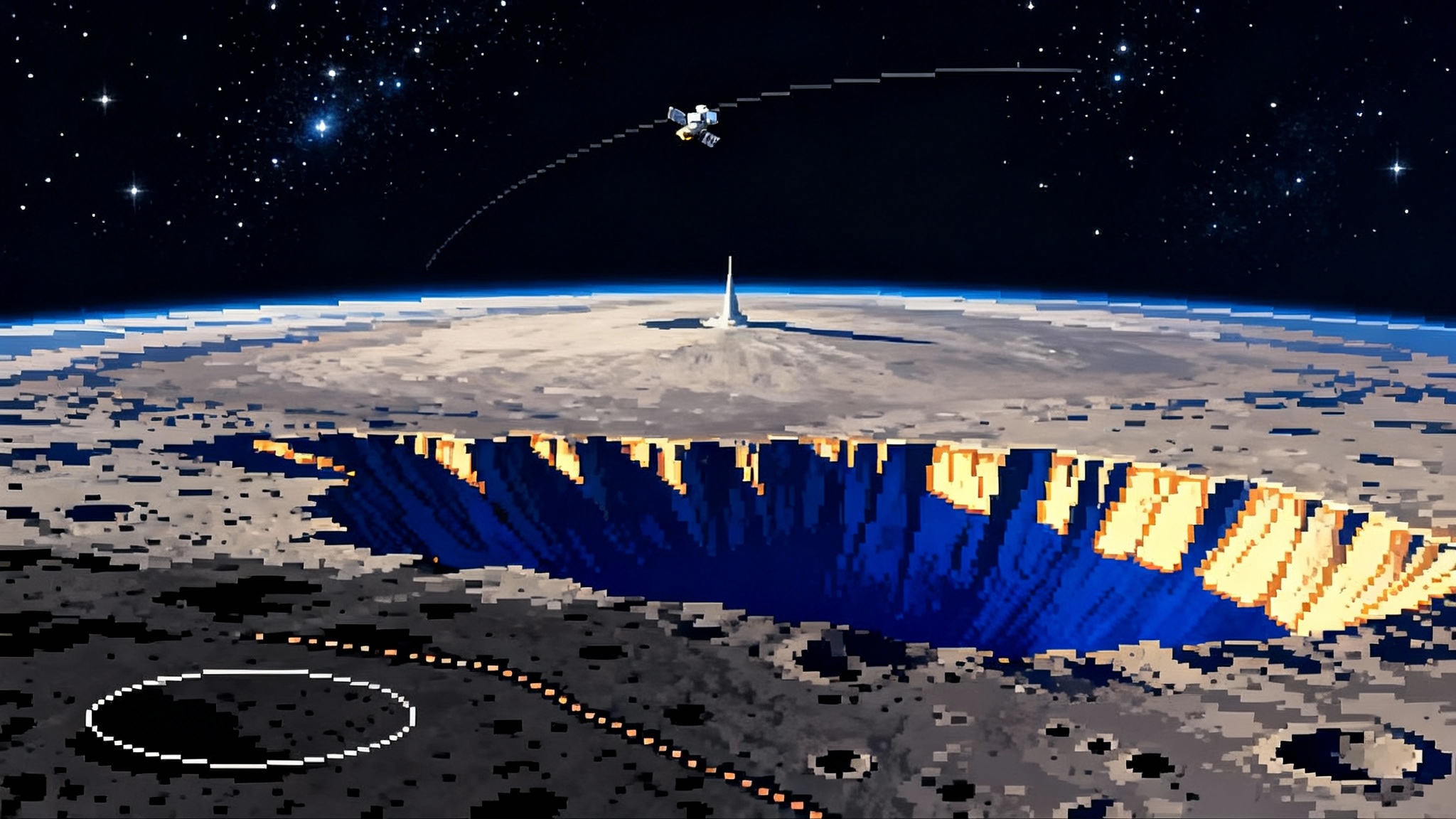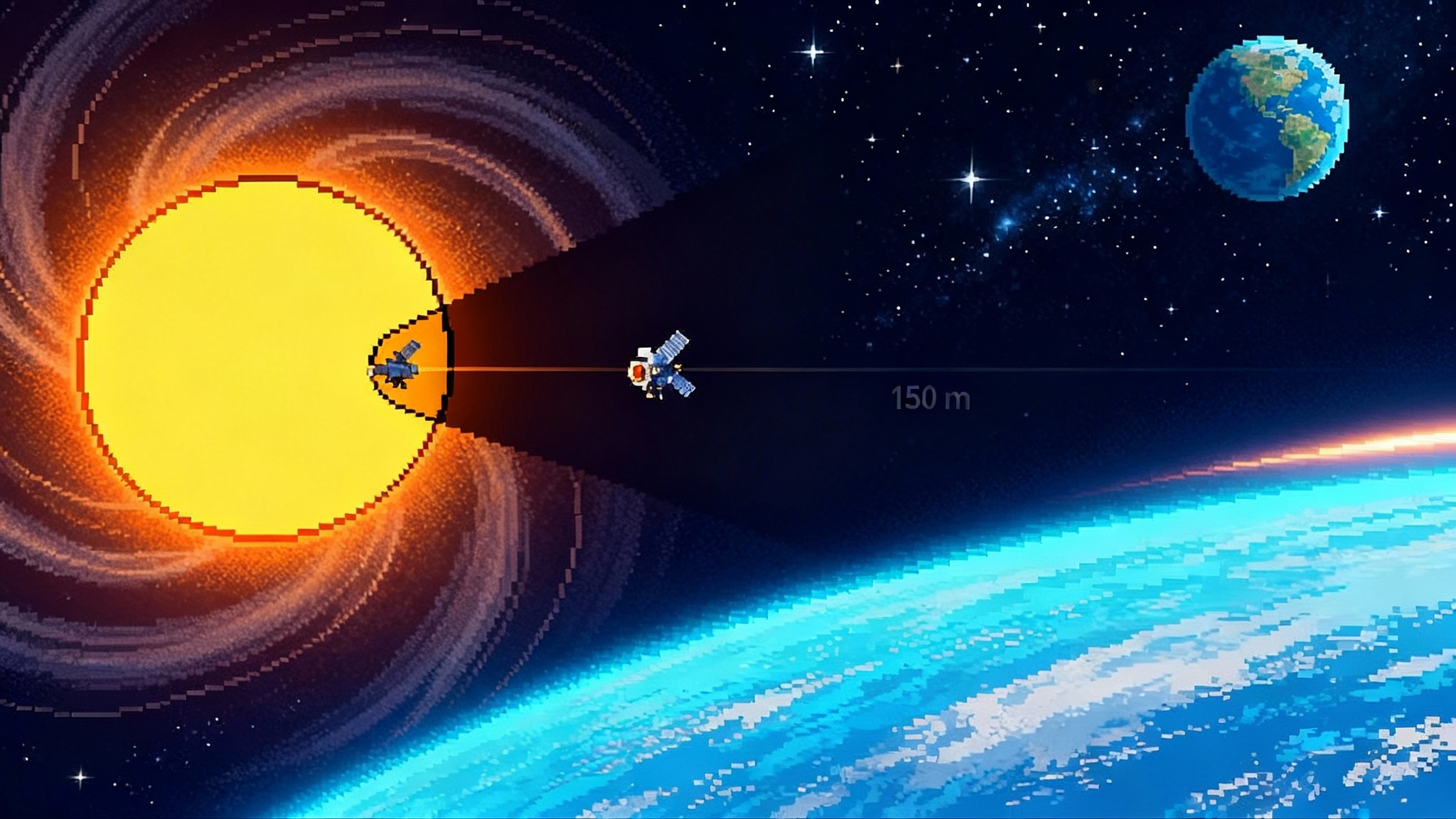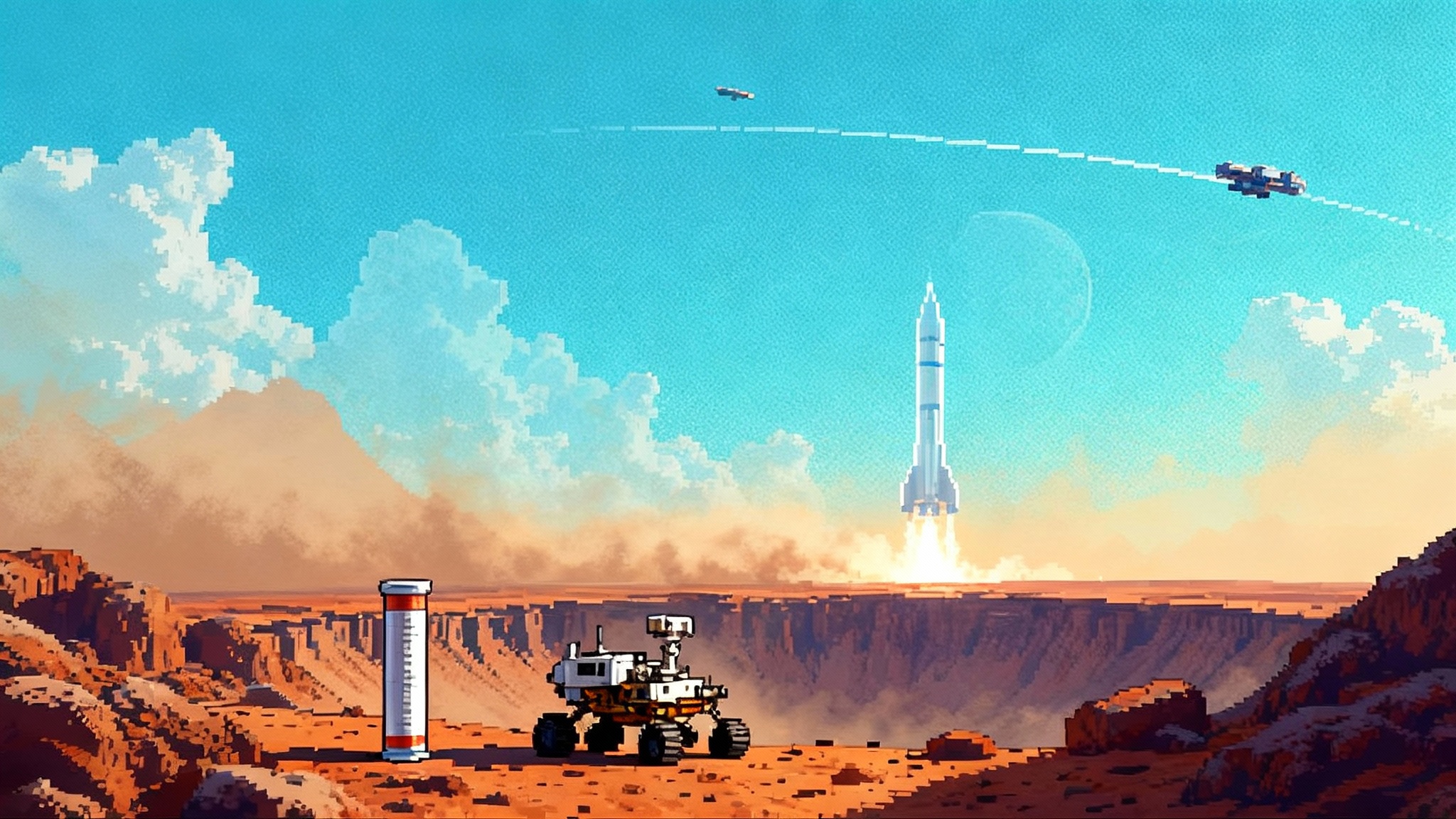Starship Flight 11 Closes V2, Opens the Road to V3
Targeted for mid October 2025, SpaceX’s Flight 11 will trial a five engine landing burn and harsher heat shield conditions. Here is what those choices signal about rapid reuse, near term cislunar logistics, and how a clean run could pull 2026 to 2027 milestones forward.

The last V2 before a bigger leap
SpaceX calls Starship a rapidly reusable transportation system. Flight 11, targeted for mid October 2025 from Starbase in Texas, is the last flight built to the current Version 2 configuration before Version 3 hardware arrives. That alone would make it a milestone. What makes it pivotal is the new testing profile: a five engine landing burn on Super Heavy and harsher heat shield trials on Ship. Those choices are not just tweaks. They are explicit signals that full and fast reusability is entering its last mile.
The easiest way to read SpaceX is to watch what it chooses to test under risk. Flight 11 concentrates risk in two places that have historically consumed turnaround time and refurbishment dollars on reusable rockets: precision landing and the thermal protection system. If those two elements mature, the rest of the playbook accelerates almost automatically.
Why five engines for landing, and why now
For the Super Heavy booster, Flight 11 shifts from the established three engine landing segment to a five engine configuration during the critical divert phase, followed by a transition to three engines for the final hover and cutoff. That is a big change. Think of a landing burn as parallel parking a skyscraper on a windy day while the brakes are warming up. More engines running at lower throttle can deliver the same total thrust with finer control and better redundancy.
Here is what five engines buys SpaceX:
- More control authority: With five throttling vectors instead of three, the guidance system can make smoother, smaller corrections. That reduces residual lateral velocity and swing at the moment of hover.
- Better fault tolerance: If one engine is slow to spin up or exhibits unstable combustion, the other four can pick up the slack without a dramatic throttle spike. That lowers the chance of a last second correction that wastes propellant or induces plume recirculation.
- Lower stress per engine: Running five engines at lower throttle reduces chamber pressure and turbine load. That improves component lifing and can push engine inspection intervals from flight by flight checks toward periodic checks, the aviation model SpaceX wants.
- Catch readiness: A stable hover above the water, then shutdown and drop, is a dress rehearsal for the on pad catch regime that Version 3 aims to make routine at Starbase. Five engine divert resembles the control envelope required to hit the arms precisely with margin.
SpaceX is not reinventing the landing burn so close to a V3 debut by accident. It is locking in the engine geometry and software logic that V3 will use as standard. The cost signal is clear: more engines at lower throttle equals fewer post flight surprises in the engine bay, which equals faster reuse.
Heat shield trials that matter for rapid reuse
Heat shields often get reduced to binary pass or fail drama. In practice, reusable thermal protection is a game of margins, seals, and attachment. Flight 11 intends to stress Ship’s heat shield in a way that answers three questions that drive turnaround time.
- Do the tiles stay attached in areas where they are frequently disturbed by reentry shock and flap motion, not just in the easy zones of a wind tunnel model?
- If some tiles are missing or chipped, does the underlying barrier limit structural heating enough to keep post flight repairs in the hours, not weeks, category?
- Can the interfaces between tiles be sealed in a way that survives vibration, frost, and plasma without requiring exhaustive hand inspection each time?
Recent flights exposed the core problem: most tiles stayed put, but heat leaked through micro gaps and eroded the white ablative barrier beneath, leaving blotches and localized damage around the flaps and skirt. SpaceX responded with improved gap sealing materials around and under tiles, including wrap like elements that sit around tile edges to reduce leak paths. If Flight 11’s harsher entry confirms that sealing approach works at scale, the heat shield shifts from an artisan task to a repeatable factory process.
The material stack up matters too. Starship’s stainless steel structure gives the system more temperature headroom than aluminum vehicles ever had. That is a safety margin, but it is also an operations margin. If a handful of tiles go missing, stainless is far more forgiving while the vehicle completes its flip and landing burn. The goal is not a pristine museum piece. The goal is a ship that looks scorched, lands accurately, and needs hours of sealant touch ups rather than extensive tile replacement.
If these bets pay off, the economics change fast
SpaceX’s business model for Starship hinges on two curves bending at the same time: turnaround time per vehicle and confidence in engine lifing. The five engine landing profile addresses the second. The heat shield sealing addresses the first. When both improve together, a series of downstream effects kick in:
- Refurbishment hours fall. If time on jacks drops from many days to a small number of shifts, the same hangar and crew can process twice as many vehicles.
- Propellant and pad become the limiters. With more predictable landings, the tower can plan catches and re stacks with airline like scheduling.
- Price per kilogram compresses. Even without publishing prices, the market will feel it. Heavy satellites that would have required bespoke, expensive rides can move to cheaper secondary or multi manifest flights. Insurance rates adjust as precision landing and reentry survival become routine, not extraordinary.
For customers, the practical upshot is simple. If Flight 11 lands its test goals, start planning for mass and volume you would not have considered affordable in 2023 or 2024. Think bigger apertures for Earth observation, thicker radiation shielding for microgravity manufacturing modules, and monolithic structures that avoid in orbit assembly.
Near term cislunar logistics: what changes first
All of the grand plans about Mars get the headlines, but the near term prize is cislunar logistics. That means ferries moving propellant, cargo, and eventually crews between low Earth orbit, high Earth orbit, the Gateway, and the lunar surface. For that network to work, three demonstrations must occur in a tight sequence:
- Routine booster recovery with minimal refurbishment. That supplies the cadence needed to loft tankers and depot elements.
- Robust ship reentry with tile damage that remains within repairable margins. That allows upper stages to return, refill, and fly again rather than becoming single use cargo shells.
- On orbit cryogenic transfer and storage at operational temperatures and pressures for hours to days.
Flight 11 directly touches the first two. A five engine landing profile that produces smooth hovers above water and consistent shutdown timing is the operational behavior you need for daily catches. A heat shield that holds its seals through a deliberately aggressive entry is the behavior you need when a tanker comes home after a loiter at a depot. Put those together, and the leap from demonstration to schedule is smaller than many assume. For a surface first perspective, compare this with our look at the lunar surface logistics reset.
Once catches are reliable and ships come back intact, a refueling demo becomes pacing item number one. In practice, that looks like a pair of Starships flying within days, docking in orbit, equalizing pressures, chilling lines, and moving liquid methane and oxygen while keeping boil off low. The day those valves cycle cleanly, cislunar delivery stops being a slide and becomes a service.
How a clean Flight 11 could pull 2026 to 2027 forward
The line between a stretch mission and a scheduled mission is often a single clean flight at the right time. Here is a realistic pull forward sequence that a trouble free Flight 11 would unlock:
- Q1 to Q2 of 2026: repeat the five engine profile on a reused booster, then execute a controlled hover close to the tower to collect guidance data for the first V3 catch attempts.
- Mid 2026: first V3 suborbital booster catch with a conservative engine throttle plan. If the catch works twice in a row, formalize a catch cadence.
- Late 2026: first on orbit propellant transfer between two Starships with partial loads. The goal is not maximum mass. The goal is leak free lines at cryogenic temperatures, stable tank thermodynamics, and accurate bookkeeping of transferred mass.
- Early 2027: scale a transfer to a mass relevant to a lunar lander hop. Fly a short cargo demonstration to a high energy orbit to validate thermal cycles and operations timelines.
If these steps arrive even one or two quarters earlier than expected, they reshape schedules downstream. NASA’s lunar surface mission planning can move hardware deliveries to earlier windows. Commercial robotic missions can target higher energy trajectories with larger payloads. Defense users can plan rides to cislunar space without bespoke rockets. The difference between a 2027 demonstration and a 2026 demonstration is not just twelve months. It is an entire planning cycle for every program that depends on it. For context on how shifting timelines ripple across programs, see NASA’s 2025 reset vs Tianwen 3.
What to watch on Flight 11
You do not need to be a propulsion engineer to tell if Flight 11 is doing the job it came to do. Track these cues on launch day:
- Engine startup symmetry at ignition and at the five engine divert transition. Smooth ramp and steady plume geometry indicate the guidance software and turbomachinery are happy.
- Booster hover stability before shutdown. You are looking for a steady attitude with minimal pitch and yaw corrections, followed by a clean cutoff and vertical drop.
- Post entry skin and flap appearance on Ship. Expect a scorched look. What matters is the absence of new bright hot spots or structural deformation where tiles were intentionally removed.
- Landing burn timing and splashdown accuracy. The closer the splashdowns are to the aim points, the stronger the signal that guidance, thermal protection, and thrust vector control are working in concert.
If you see those, you are looking at a program that is taking its most fragile subsystems and making them boring. Boring is exactly what turns a prototype into a product.
The competitive backdrop
Blue Origin’s New Glenn and United Launch Alliance’s Vulcan are not idle observers. New Glenn is coming online with a large reusable first stage and a growing manifest. For how that vehicle is shaping interplanetary cadence, revisit the ESCAPADE on New Glenn playbook. Vulcan is steadily flying national security missions. But Starship’s differentiation is not just size. It is the combination of size and reuse pace. If Flight 11 delivers the landing control authority and heat shield robustness that shrink refurbishment, Starship tilts the market from a race to lift to a race to cadence.
That does not render competitors irrelevant. It defines lanes. Vulcan may own missions that demand conservative, certified processes. New Glenn may own certain commercial schedules where water landings and drone ship operations dominate. Starship’s lane is the heavy, bulky, and frequent jobs that were either impossible or unaffordable five years ago.
Practical guidance for stakeholders
- Satellite operators: revisit your mass and volume budgets. Ask your teams what they would change if heavy lift to low Earth orbit were half the per kilogram price you modeled in 2024, with more frequent launches.
- Lunar mission planners: sketch a logistics plan that separates depots from landers. Design to interfaces and timelines, not to a single vehicle. The pace of engine and heat shield improvements suggests refueling windows will be earlier than you planned.
- Investors and insurers: update risk models to account for a landing burn architecture with more redundancy and a heat shield sealing approach that reduces refurbishment variance. A narrower distribution of turnaround times changes capital needs and coverage terms.
The quiet tipping point
The Falcon 9 Block 5 era reached its inflection point when booster landings stopped being events and became metrics. Starship is approaching a similar moment. A five engine landing burn that hovers calmly over water and a heat shield that shrugs off an intentionally nasty entry are not social media highlights. They are the foundation for a schedule.
Flight 11 is the last V2, but it is also a dress rehearsal for V3 operations. If the engines light the way guidance expects and the tiles keep the plasma where it belongs, the next headlines will not be about versions at all. They will be about cadence, cost, and cargo actually delivered. That is the signal to watch when you care about cislunar logistics: not the size of the rocket, but how quickly it can fly again with only the normal scars of a hard day’s work.
In other words, if Flight 11 is clean, the timeline between idea and orbit for heavy payloads compresses. And when time to orbit collapses, plans that used to live in studies migrate into hardware, sooner than anyone dared write into their schedules. That is how eras change. V2 will end with a splash, V3 will begin with a stack, and the real story will be how little time passes in between.
